Ministry of Defence winning Kirkcudbright red squirrel battle
- Published
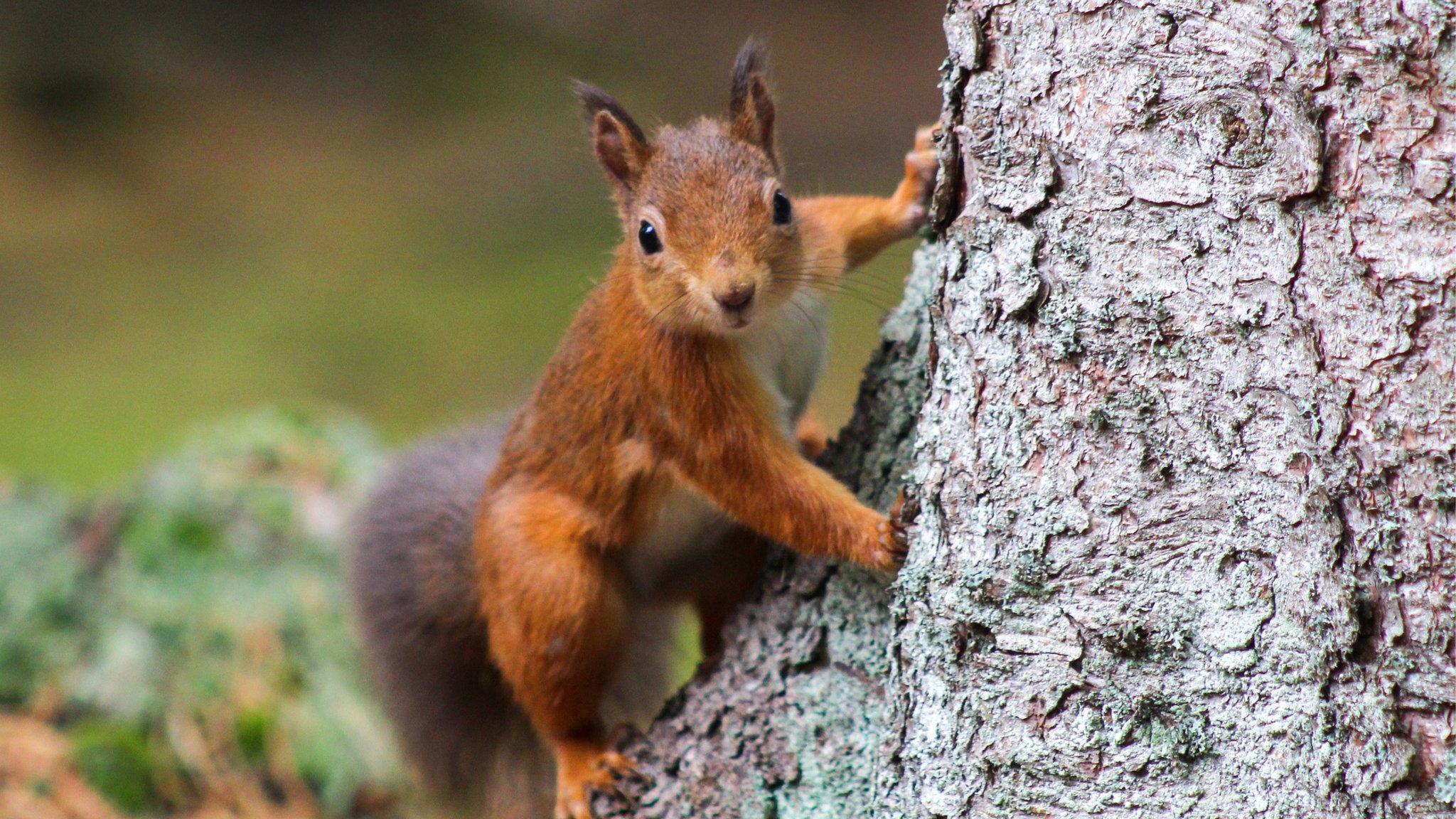
Red squirrel sightings have increased in the area
The Ministry of Defence appears to be winning its battle to help red squirrels survive in southern Scotland.
Efforts to bring them back to its Kirkcudbright Training Centre - often used as a site for infantry training with live firing - are bearing fruit.
Staff from its Defence Infrastructure Organisation (DIO) have said sightings have doubled in recent months.
It is thought its conservation work - working with other groups - has helped to encourage the increase.

The site is used a range of military training
The efforts to boost red squirrel numbers on the site began two years ago.
They involved working with the Dumfries and Galloway Pine Marten Group to put den boxes into the military training area.
Research has suggested that pine martens can help red squirrels flourish by removing greys.
Grey squirrels compete with reds for food and space and can also carry squirrelpox, which is deadly only to reds.
Early indications are that the work in Kirkcudbright is starting to pay off.
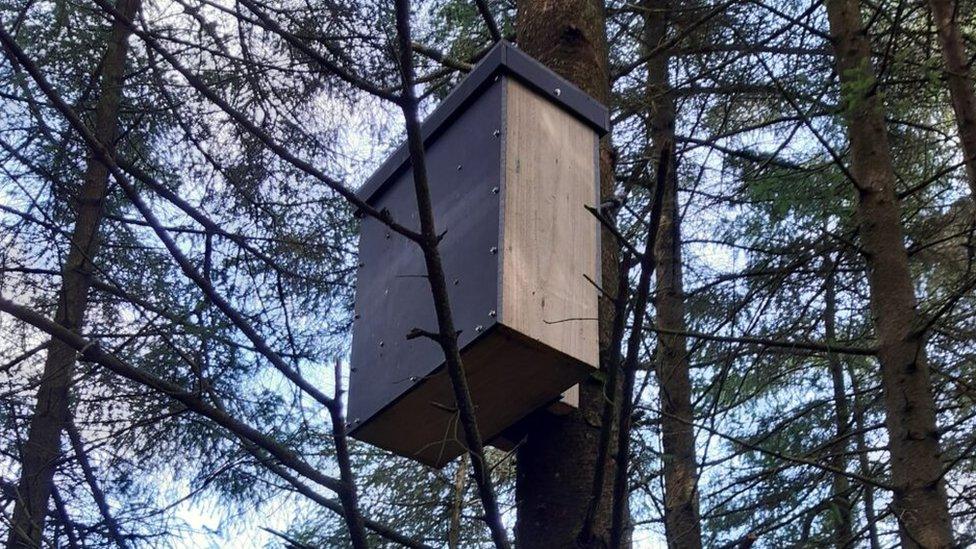
Pine marten boxes have been put up to help attract the natural predator of grey squirrels
Warrant officer Scott Maclean, who has been working on the project, said: "There has been a notable increase of red squirrel activity across the estate at Kirkcudbright, roughly double the number of sightings over the last few months in five or six separate locations.
"There have also been several sightings of pine martens by Kirkcudbright Training Centre staff and members of the public in the Balmae Lake area of the estate.
"The presence of pine martens is clearly having a beneficial impact on the red squirrel population at Kirkcudbright."
The DIO's principal ecologist, Oliver Howells, said conservation was an important part of its work.
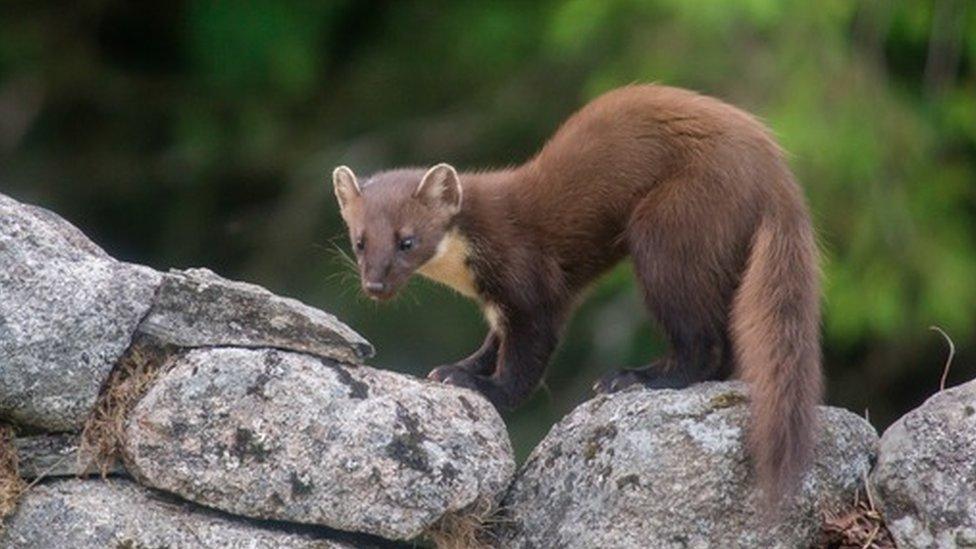
Research has shown pine martens can help boost red squirrel numbers in an area where they compete with greys for food
"Our ecologists, as well as dedicated training safety officers such as Scott, are working hard to deliver military training requirements, while at the same time supporting the recovery of some of the most threatened and iconic species in the UK," he said.
"Wildlife continues to thrive across our training areas, and there are many examples of how priority species are flourishing alongside military activities.
"The rise in red squirrel numbers at Kirkcudbright is a great example and a real success story."
The scheme is part of wider plans to rejuvenate the Balmae Lake area of the training centre.
Non-native plant species have been removed and replaced with Scottish wildflowers and other work has been carried out.
The training area itself covers about 1,900 hectares (4,700 acres) and is mainly used for infantry training.
Public access is permitted to the majority of the land when live firing is not taking place.
Related topics
- Published21 January 2022
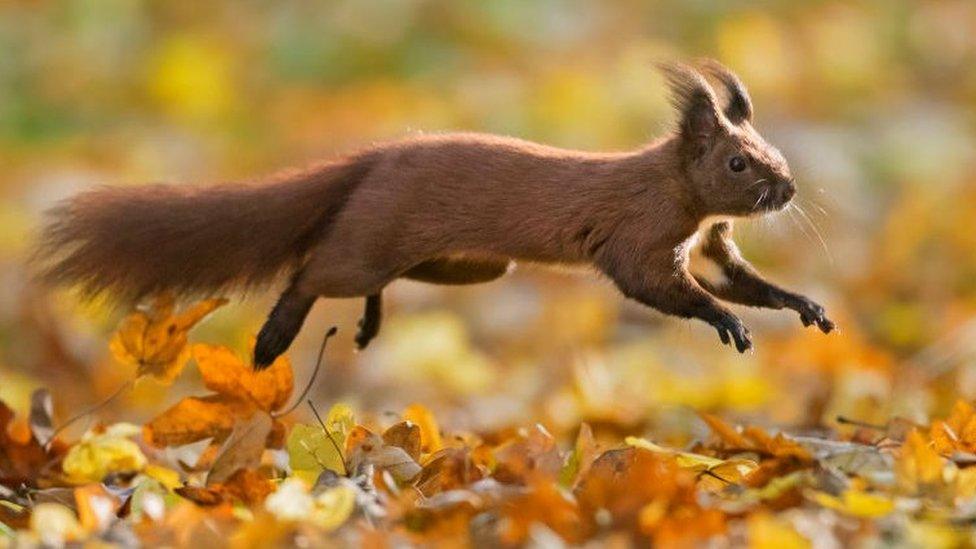
- Published21 December 2021
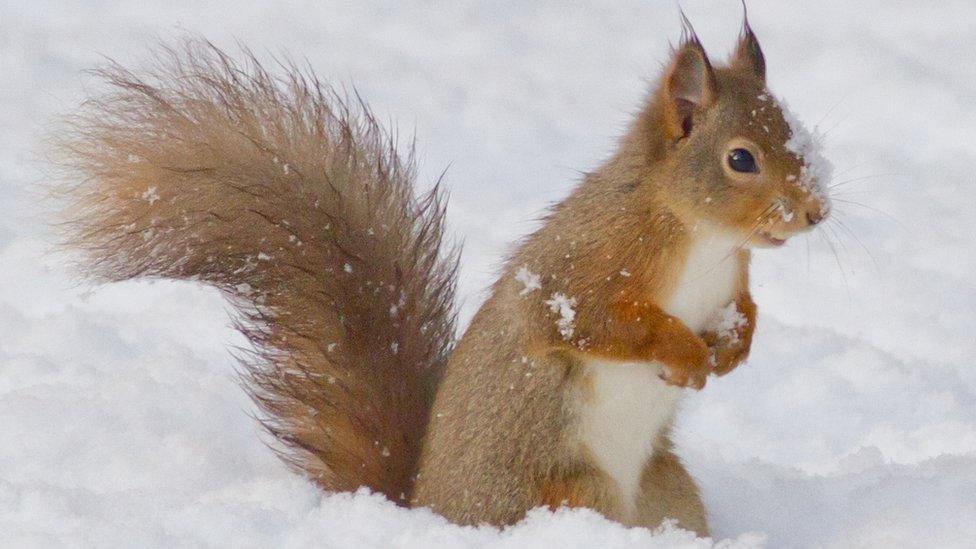
- Published8 September 2020
